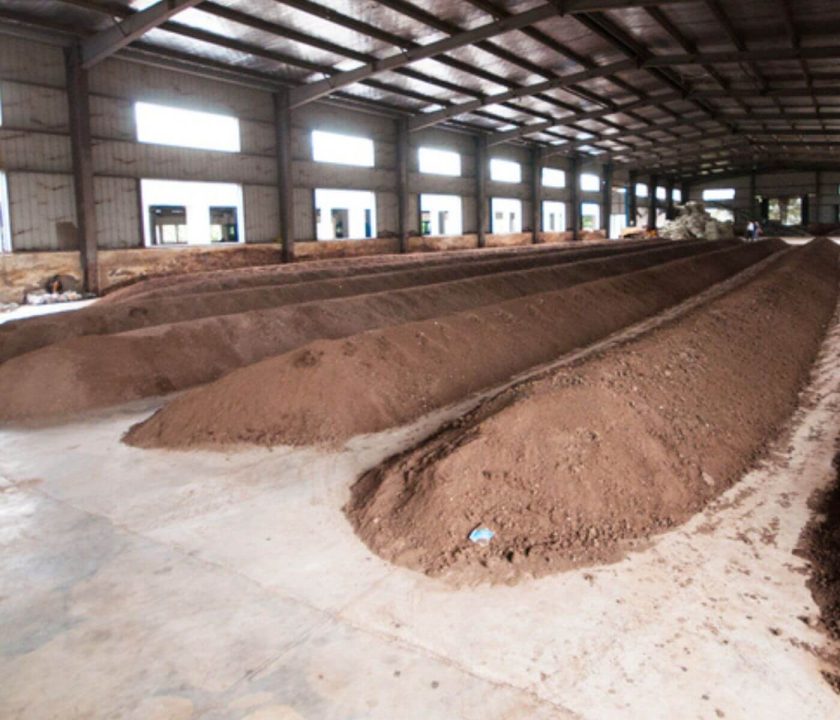Content available at: العربية (Arabic)
Poultry litter is waste from any production from chickens, hens, broiler breeders, etc., which has been used as an organic fertilizer since it is cheap and is one of the environmental methods to dispose of this kind of waste.
Nevertheless, there is little research regarding the safety of poultry litter for land application and its impact on the environment.
The poultry litter comprises feces, feathers, litter materials, feed residues, drugs, and water. All these components make this product important to use as a fertilizer due to the high nutrient content such as nitrogen, protein, and amino acids.
In the same way, poultry litter can be contaminated with microorganisms such as:
- bacteria,
- fungi,
- viruses,
- parasites,
- antibiotics,
- pathogens with antibiotic-resistant genes,
- heavy metals,
- growth and sex hormones,
- pesticide, etc.
Therefore, a review from Kyakuwaire et al. (2019) consolidated information from different sources about the contaminants in chicken litter with potential negative effects on human, animal, and environmental health.
This research group hypothesized that “Chicken litter in its current form does not meet the minimum standards for land application and general release into the environment.”
Bacteria and antibiotic-resistant genes
Regarding bacteria and antibiotic-resistant genes, the most prevalent microorganism found in poultry litter in Australia was Actinobacillus, with a 100% presence; Salmonella resulted in 83% un reused broiler
Keep up to date with our newsletters
Receive the magazine for free in digital version
REGISTRATION
ACCESS
YOUR ACCOUNT
LOGIN
Lost your password?

